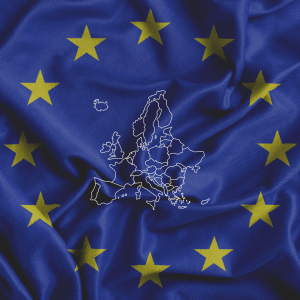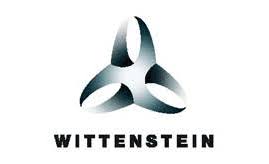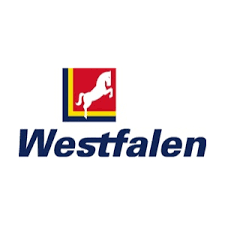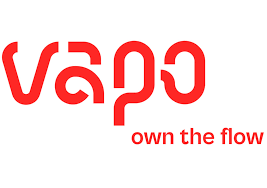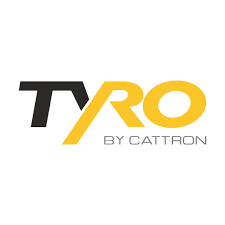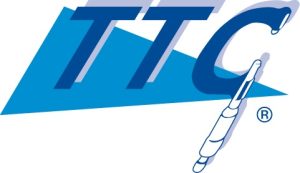Seminar World of Laboratory
Mobiele analysemethoden
25 september, 10:00 – 11:30
LOCATIE: Croesezaal
Het laboratorium digitaliseert. Meetapparatuur wordt compacter en met de komst van cloudbased werken zien we een verschuiving van analyse op het lab naar analyse op locatie. Dergelijke mobiele analysemethoden worden al toegepast in voedselveiligheid en forensisch onderzoek, maar kent ook tal van andere toepassingsgebieden. Tijdens het seminar mobiele analysemethoden vertellen drie sprekers uit verschillende vakgebieden hoe zij hun monsters buiten het lab analyseren en welke technologieën ze daarbij gebruiken.
Programma
| Tijd | Onderwerp | |
|---|---|---|
| 10:00 – 10:30 | De rol van mobiele online sensoren in drinkwaterdistributie (NL) Spreker: Adrie Atsma, Vitens Waterexpertisecentrum | |
| 10:30 – 11:00 | On-Site Contaminant Monitoring: The Power of Lateral Flow Immunoassays (ENG) Speaker: Ariadni Geballa-Koukoula, Vrije Universiteit Amsterdam |
De rol van mobiele online sensoren in drinkwaterdistributie
Het Vitens Waterexpertisecentrum streeft er voortdurend naar om de hoogste kwaliteit drinkwater te leveren. Deze toewijding aan kwaliteit en veiligheid drijft hen om te investeren in de meest geavanceerde meetmethodes en technologieën. En in een wereld waarin de behoefte aan schoon en veilig drinkwater steeds dringender wordt, speelt technologie hierin een sleutelrol.
Online sensoren vertegenwoordigen de voorhoede van deze technologische vooruitgang. Ze bieden niet alleen de mogelijkheid om de waterkwaliteit continu te monitoren, maar ook om snel en effectief te reageren op bijvoorbeeld verontreinigingen. In deze lezing vertelt Adrie Atsma over zijn ervaringen met online sensoring, en dan in het bijzonder over het zelfontwikkelde Mobiele Drinkwater Laboratorium (ModriLab).
Welke voordelen heeft MoDriLab ten opzichte van traditionele meetmethoden? En hoe heeft MoDriLab bijgedragen aan nieuwe inzichten die zijn verkregen bij online metingen in de drinkwaterdistributie? Deze inzichten deelt Adrie Atsma aan de hand van praktijkvoorbeelden. Daarin vertelt hij ook over (de harde) lessen die zij hebben geleerd over het ontwerp van een mobiel laboratorium en welke obstakels er zijn (overwonnen).
Laten we samen ontdekken hoe technologie ons helpt om een schonere en gezondere toekomst te creëren, niet alleen voor drinkwater maar ook voor andere doeleinden zoals oppervlaktewatermonitoring en voedselveiligheid.
Spreker: Adrie Atsma, Vitens Waterexpertisecentrum
On-Site Contaminant Monitoring: The Power of Lateral Flow Immunoassays (ENG)
Ensuring consumer safety and regulatory compliance requires monitoring contaminants in (agricultural) products. On-the-go analysis techniques, especially for assessing pesticide residues, are crucial. Our research meets this demand by developing two innovative methodologies tailored for mobile analysis, utilizing lateral flow immunoassays (LFIAs). LFIAs, akin to those used in self-tests for COVID-19, are rapid diagnostic, cost-effective and versatile tests using antibodies for on-site detection a targeted substance in a sample.
Firstly, we introduce a high-sensitivity, semi-quantitative LFIA optimized for detecting sulfoxaflor in flowers. Sulfoxaflor, a sulfoximine insecticide, has raised environmental concerns, particularly regarding pollinator safety, leading to its prohibition in the EU in 2022. With a limit of detection (LOD) of 4 ppb, this LFIA offers reliable screening capabilities. The method’s extraction simplicity and proven performance by analyzing flowers from the Dutch market make it ideal for widespread use, especially in scenarios where mobile testing is crucial.
Expanding on the concept of mobile analysis, we present a novel approach that integrates LFIA with on-site sampling using modified dried blood spot (DBS) cards. We developed the SmartCard, a 3D-printed cassette that securely stores sample extracts on Dried Extract Spots (DExS) cards (a custom-made variation of the DBS). This approach not only enhances workflow efficiency but also incorporates immediate LFIA screening for contamination levels, enabling real-time assessment capabilities and streamlining transportation to laboratories. This method, tested for detecting the pesticide fipronil in ornamental flowers and poultry farms, allows simplified on-syringe extraction, direct LFIA screening of fipronil with an LOD of 10 ppb, and easy extract storage and transportation.
By combining these methodologies, we address the urgent need for precise, on-the-go assessment of contaminant presence. These advancements not only improve detection methodologies for specific compounds but also lay the groundwork for broader applications in mobile contaminant monitoring.
Speaker: Ariadni Geballa-Koukoula, Vrije Universiteit Amsterdam
Please note that this lecture is in English
